Do you have a question about the MSI X299 PRO and is the answer not in the manual?
Provides crucial instructions for handling components, preventing damage from static discharge, and ensuring safe assembly practices.
Details specific situations that require professional checking of the motherboard, such as liquid penetration or physical damage.
Provides critical safety and installation instructions for the CPU, including heatsink installation and handling.
Recommends optimal DDR4 memory module installation slots based on CPU and number of DIMMs.
Provides important guidelines for memory installation, including slot order and compatibility checks.
Recommends PCIe slot usage for single and multiple graphics card installations.
Offers important advice for installing large graphics cards and ensuring proper slot usage for performance.
Emphasizes the importance of securely connecting power cables to ensure stable motherboard operation.
Stresses the importance of correct power and ground pin connections for USB 3.2 Gen1 to prevent damage.
Highlights the necessity of correctly connecting VCC and Ground pins for USB 2.0 to avoid damage.
Provides step-by-step instructions for clearing CMOS and resetting BIOS to default settings.
Provides step-by-step instructions for installing the Windows 10 operating system.
Guides on installing essential drivers from the provided driver disc or online.
Details the process of installing supplementary utilities after driver installation.
Explains the methods to access the BIOS setup utility during system boot.
Describes methods to reset BIOS settings to default values to resolve issues.
Details the procedure for updating the BIOS using the M-FLASH utility.
Explains how to update the BIOS using the MSI Dragon Center software.
Lists the main menu options available in the Advanced Mode of the BIOS setup.
Covers system date, time, information, and DMI details.
Enables or disables MSI Fast Boot and standard Fast Boot for quicker system startup.
Configures Windows secure boot for unauthorized access prevention and manages keys.
Sets administrator and user passwords for system security and BIOS access control.
Selects between Normal/Expert OC modes and applies CPU ratio settings.
Configures CPU ratios per core, offsets, ring ratios, and enables Turbo Boost.
Enables X.M.P. for memory overclocking, available for compatible modules.
Adjusts DRAM frequency, timing, presets, and memory try-it features.
Displays current CPU temperature, system temperature, and fan speeds.
Explains fan modes and how to configure fan speed based on CPU temperature.
Guides on enabling Intel Rapid Storage Technology in BIOS for RAID setup.
Details installing RAID drivers during a new OS installation.
Guides on installing the Intel® Rapid Storage Technology software.
Lists the system requirements for installing and using Intel® Optane™™ memory.
Provides step-by-step instructions for installing the Intel® Optane™™ memory module.
Guides on enabling Intel® Optane™™ memory via the software after installation.
Lists critical warnings and cautions to prevent damage when enabling Intel® Optane™™ memory.
Details disabling Intel® Optane™™ memory via the application before removal.
Guides on disabling M.2/Optane Genie in BIOS and physically removing the module.
Troubleshoots problems related to no power or no signal to the monitor.
Addresses boot failures after BIOS updates and lost BIOS passwords.
Provides solutions for common audio, network, and USB device problems.
| Processor socket | LGA 2066 (Socket R4) |
|---|---|
| Processor manufacturer | Intel |
| Compatible processor series | Intel® Core™ i9 |
| Maximum number of SMP processors | 1 |
| Memory channels | Quad-channel |
| Memory slots type | DIMM |
| Number of memory slots | 8 |
| Supported memory types | LPDDR4-SDRAM |
| Maximum internal memory | 128 GB |
| Supported memory clock speeds | 2133, 2400, 2667, 2800, 2933, 3000, 3200, 3333, 3400, 3466, 3600, 3733, 3800, 3866, 4000, 4133, 4200, 4266, 4400, 4500 MHz |
| RAID levels | 0, 1, 5, 10 |
| Supported storage drive interfaces | M.2, SATA III |
| Parallel processing technology support | 3-Way CrossFireX, 3-Way SLI |
| PCI Express x16 slots | 4 |
| Number of M.2 (M) slots | 2 |
| Weight | 1180 g |
| Quick installation guide | Yes |
| Number of SATA III connectors | 6 |
| USB 3.2 Gen 2 (3.1 Gen 2) connectors | 0 |
| USB 2.0 ports quantity | USB 2.0 ports have a data transmission speed of 480 Mbps, and are backwards compatible with USB 1.1 ports. You can connect all kinds of peripheral devices to them. |
| Wi-Fi | No |
| LAN controller | Intel® I219-V |
| Ethernet interface type | Gigabit Ethernet |
| Audio chip | Realtek ALC1220 |
| Component for | PC |
| Motherboard chipset | Intel® X299 |
| Audio output channels | 7.1 channels |
| Motherboard form factor | ATX |
| Number of mounting holes | 9 |
| Cables included | SATA |
| BIOS type | UEFI AMI |
| ACPI version | 6.0 |
| BIOS memory size | 256 Mbit |
| Harmonized System (HS) code | 84733020 |
| Depth | 244 mm |
|---|---|
| Width | 305 mm |
| Height | 86 mm |
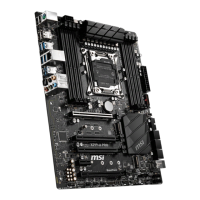
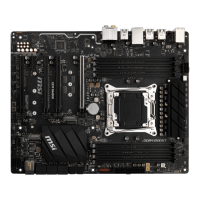
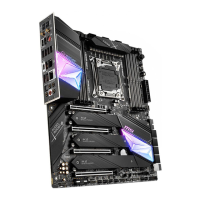

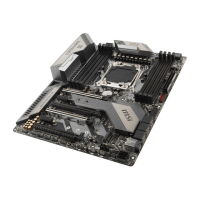

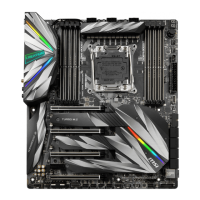
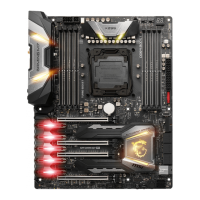

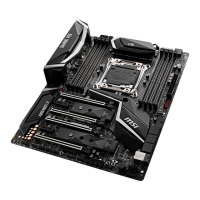

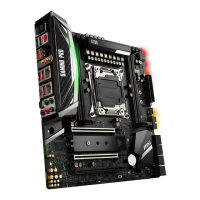
